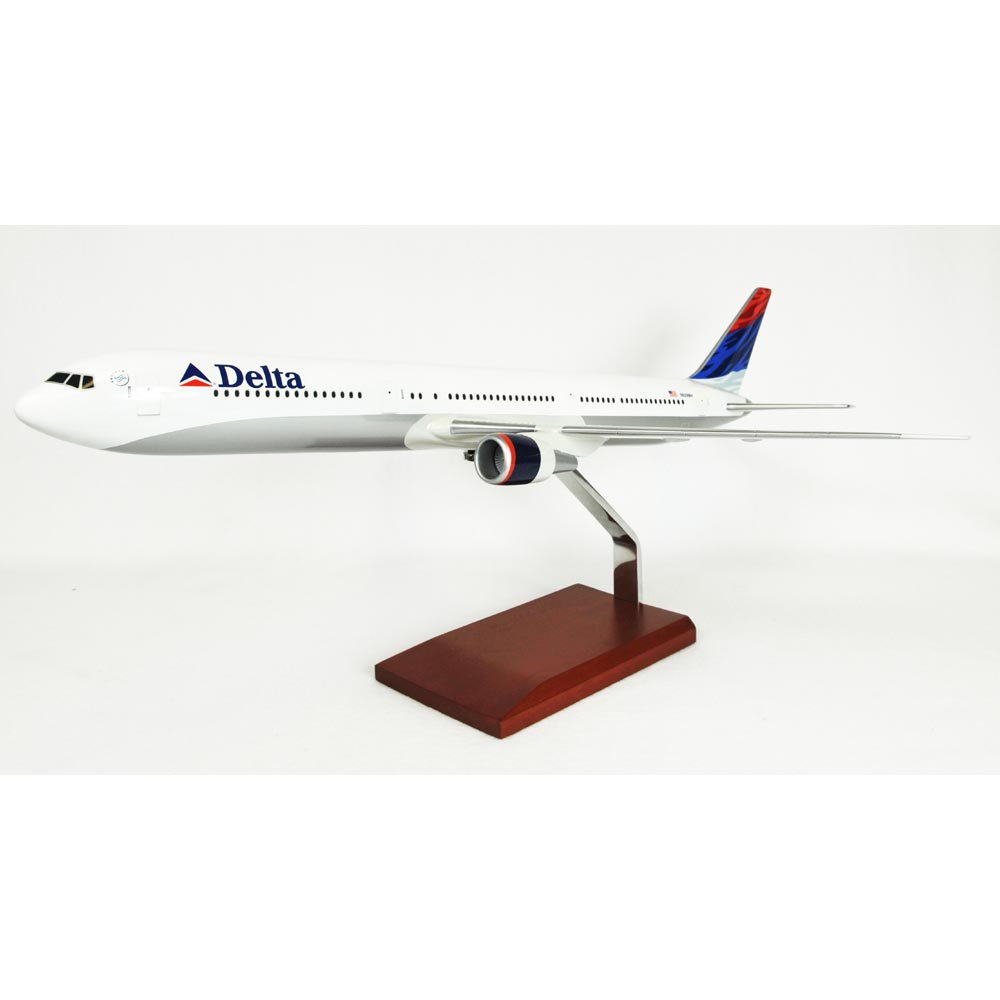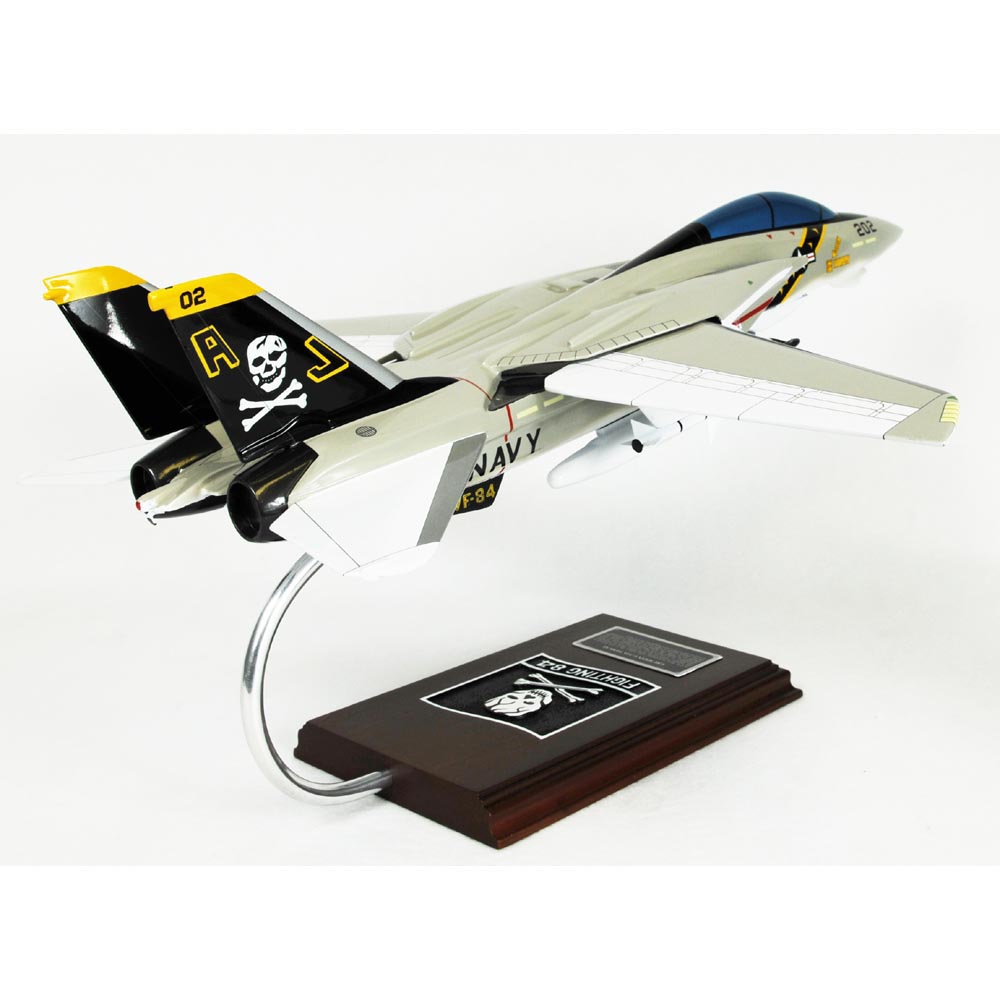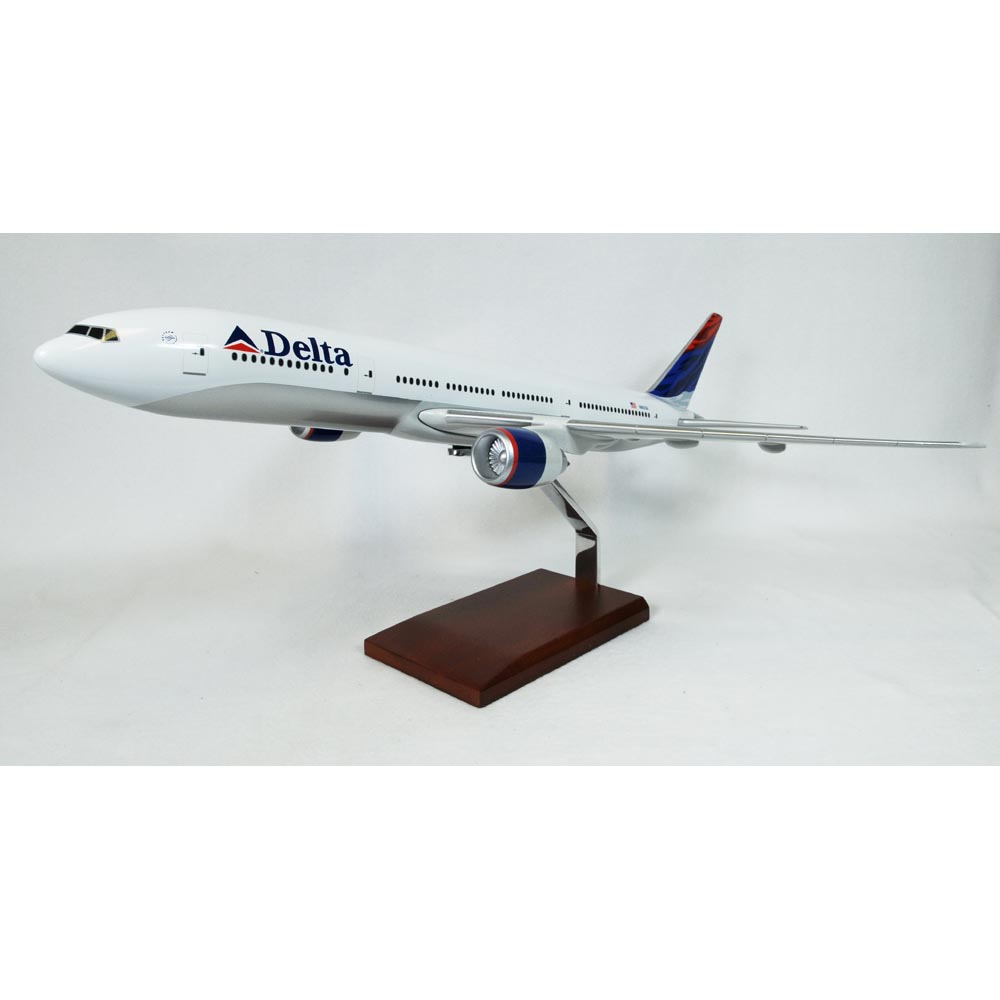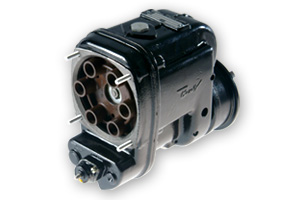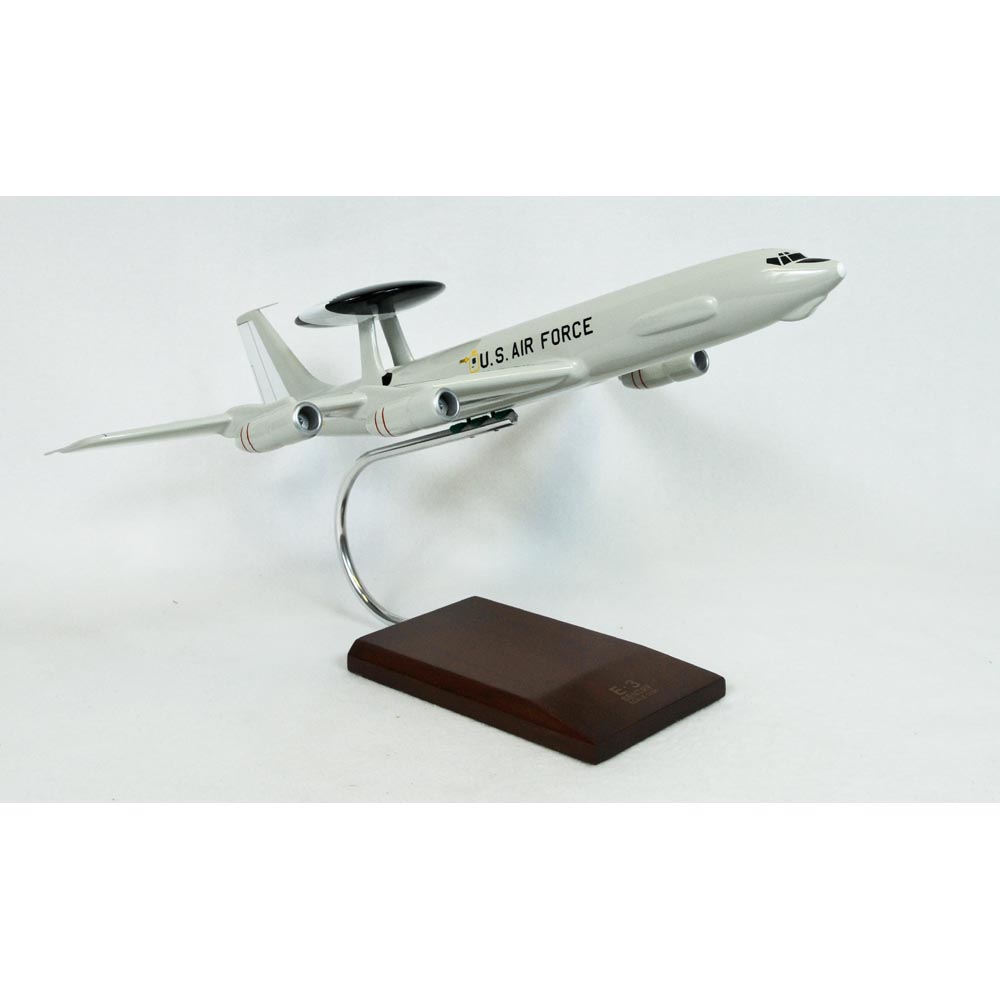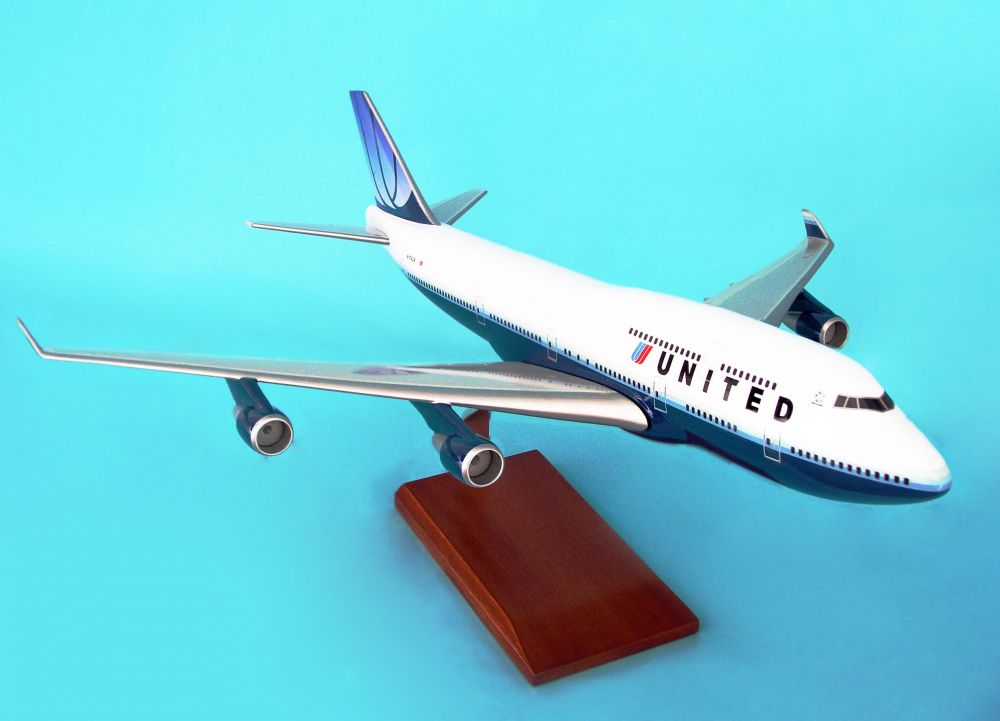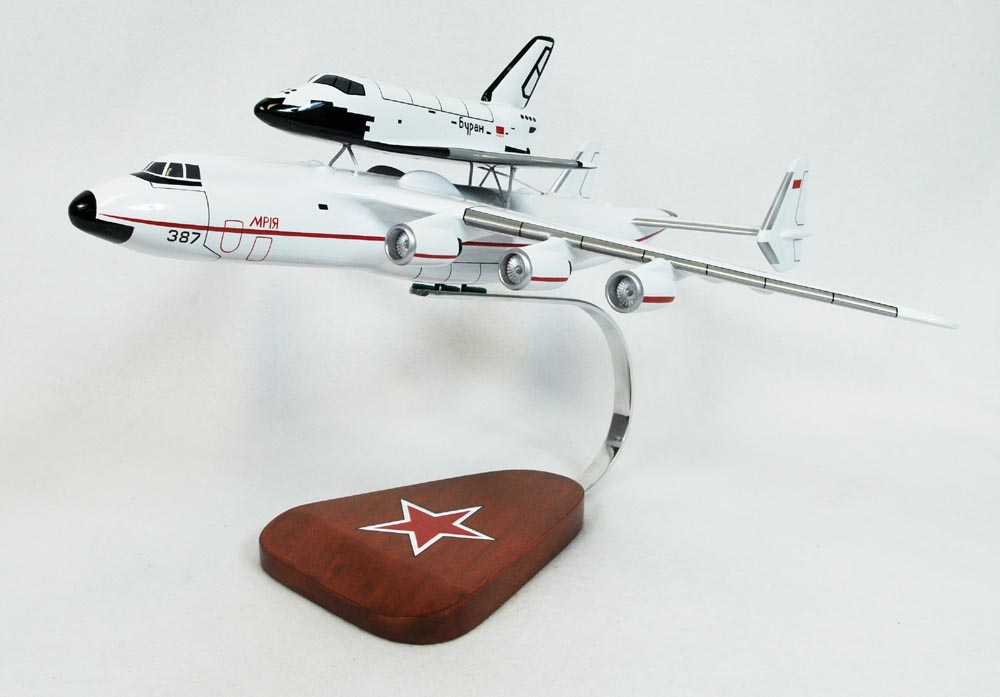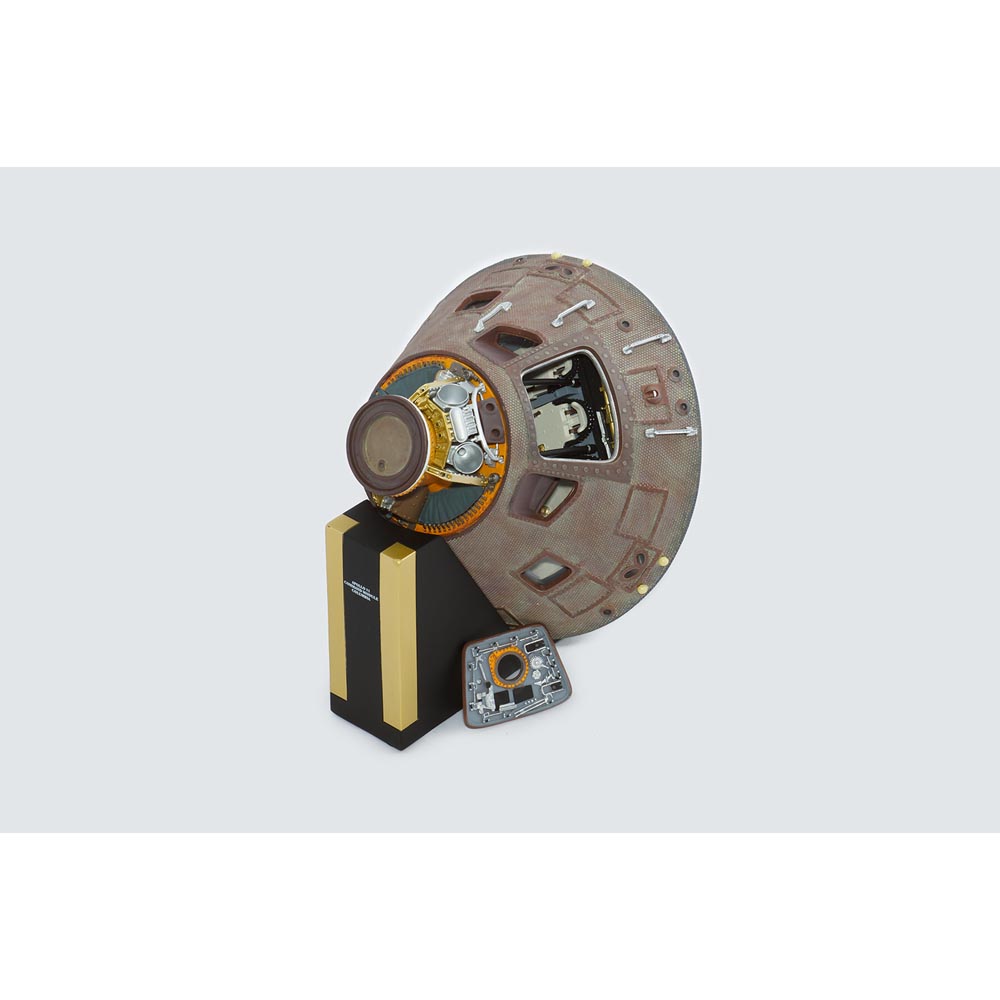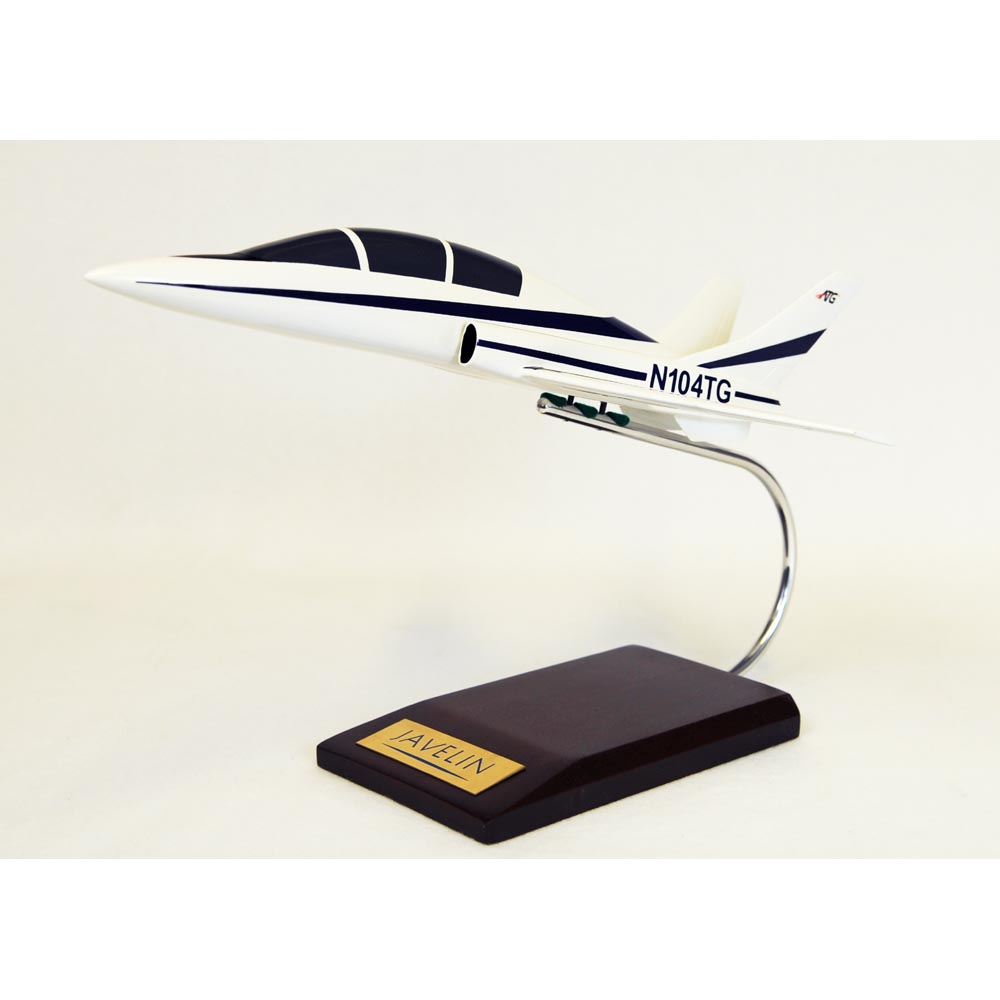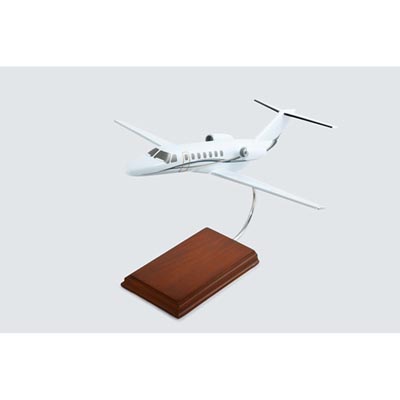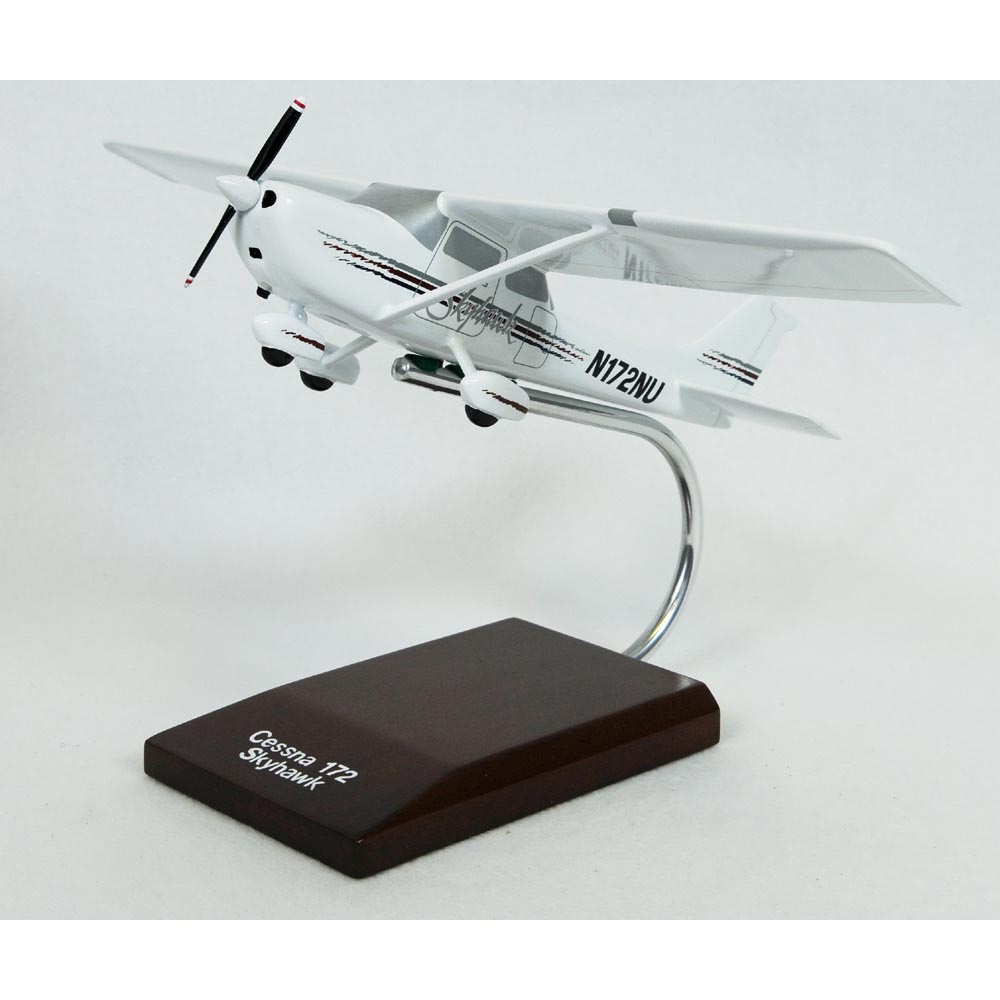B767-400 Delta Model
Артикул: 13-10912
76712 63927 руб.
Наличие: – Есть в наличии у нашего поставщика. Доставка на наш склад в течение 5...6 недель после оплаты Вами заказа.
Overview
| B767-400 Delta Boeing is a stretched development of the popular 767-300ER, designed to replace early A300, A310 and 767 twins used on transcontinental services and DC-10-30s and L-1011 trijets used for intercontinental work. It competes with the A330-200. Compared to the 767-300, the 767-400ERs wing features 2.34m (7ft 8in) long raked wingtips which improve aerodynamic efficiency. Winglets were originally considered but the wingtip extensions proved more efficient. The wing is actually made from increased gauge aluminum with thicker spars. The B767-400 Delta Boeing features a 777 style advanced flight deck with six color multifunction displays, which can present information in the same format as earlier 767s, allowing a common type certificate. The all new passenger interior is similar to that in the 777. Other features include common engines with the 767-300, a new APU, new tailskid and increased weights. The 767 sold very well in from late 1980s to the late 1990s, with a decrease during the recession in the early 1990s. After strong sales in 1997, sales have declined significantly, due to the economic recession of the early 2000s, increased competition from Airbus, and the recent emergence of a direct replacement program, the Boeing 787. Boeing has kept the line open due to KC-767 tanker program, which use the 767 airframe. The Boeing 767-400 Delta Boeing is the final extended variant that was launched in 1997 on an order for Delta Air Lines and Continental Airlines to replace their aging Lockheed L-1011 and McDonnell Douglas DC-10 fleets. Orders were also placed by Kenya Airways and ILFC but these were eventually canceled. It was again stretched 21.1 ft for a total of 201.4 ft. It also saw a wingspan increase of 14.3 feet over the previous two variants and is the only 767 variant to also feature ""raked"" wingtips, which increase fuel efficiency. It was introduced into service in 2000. |



